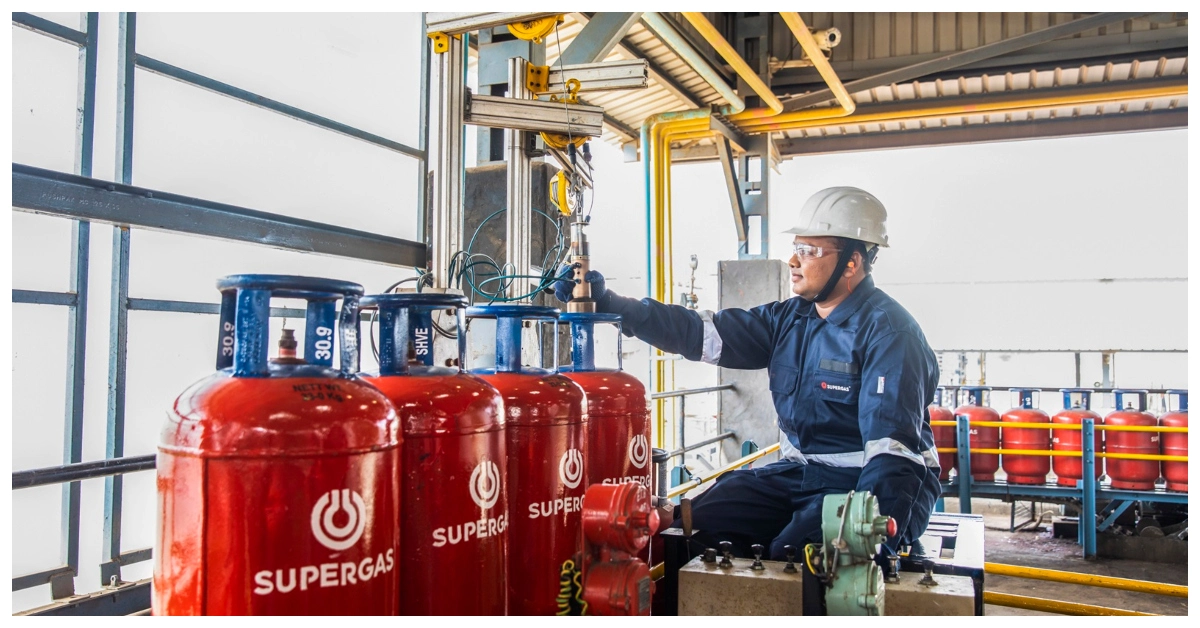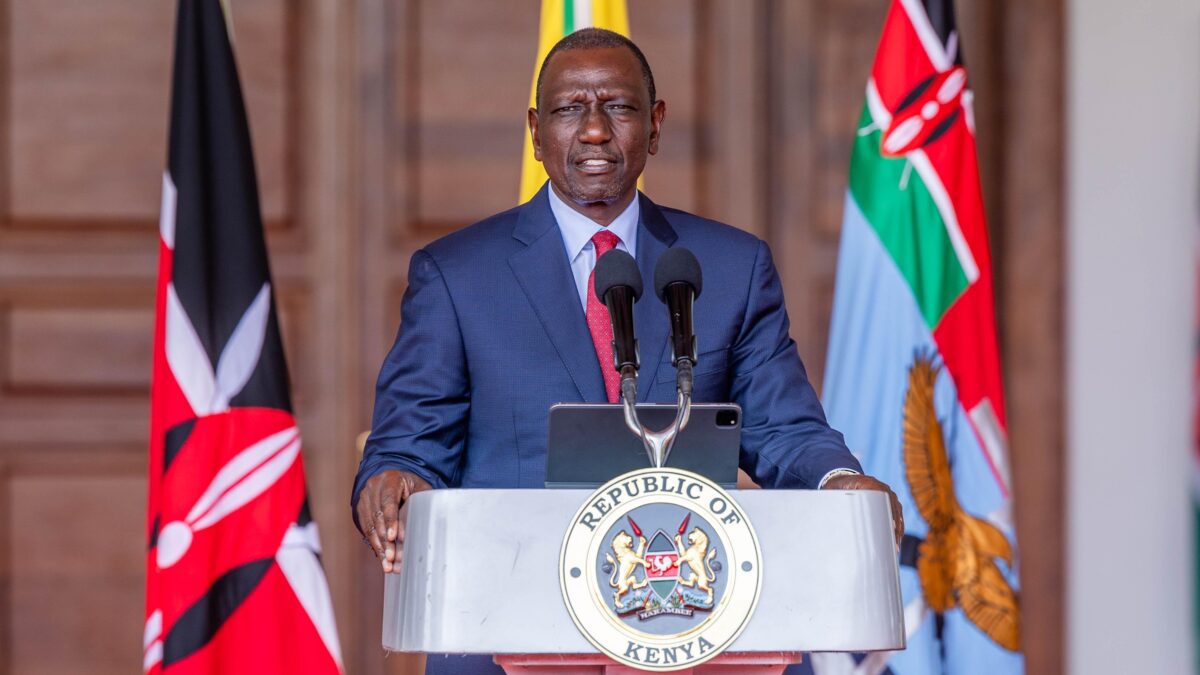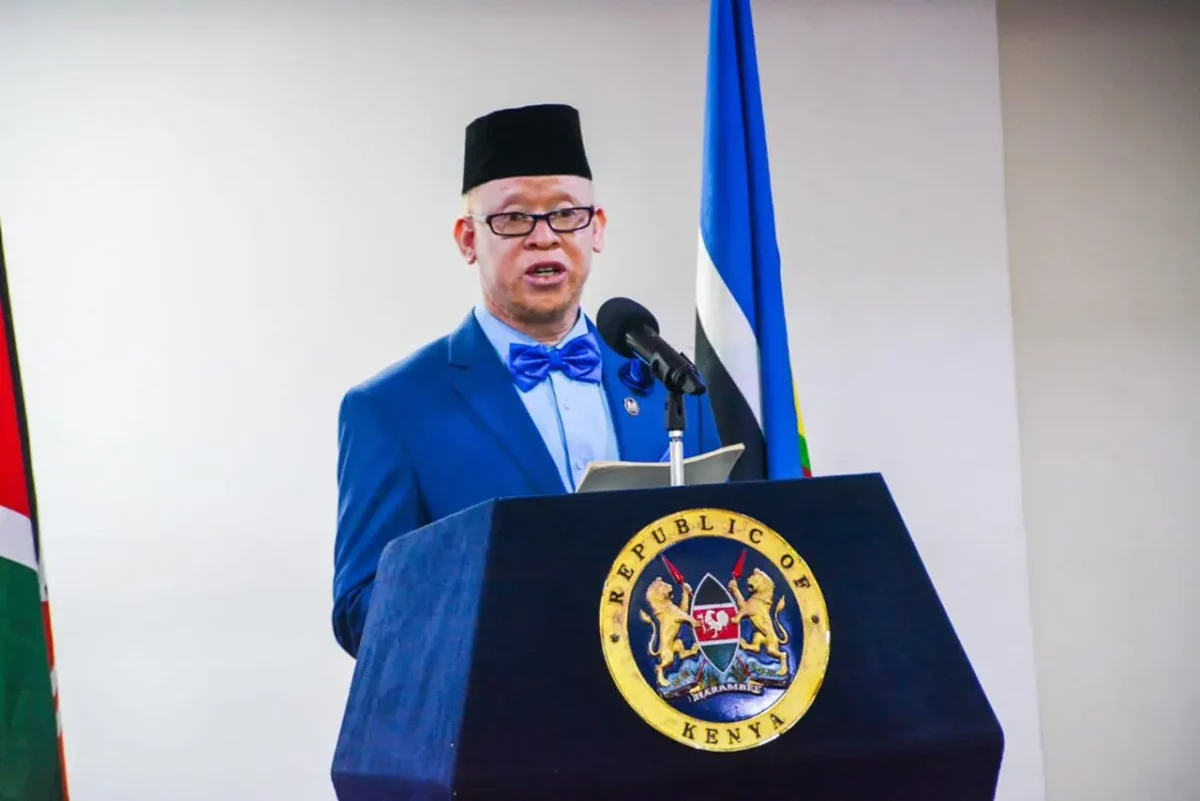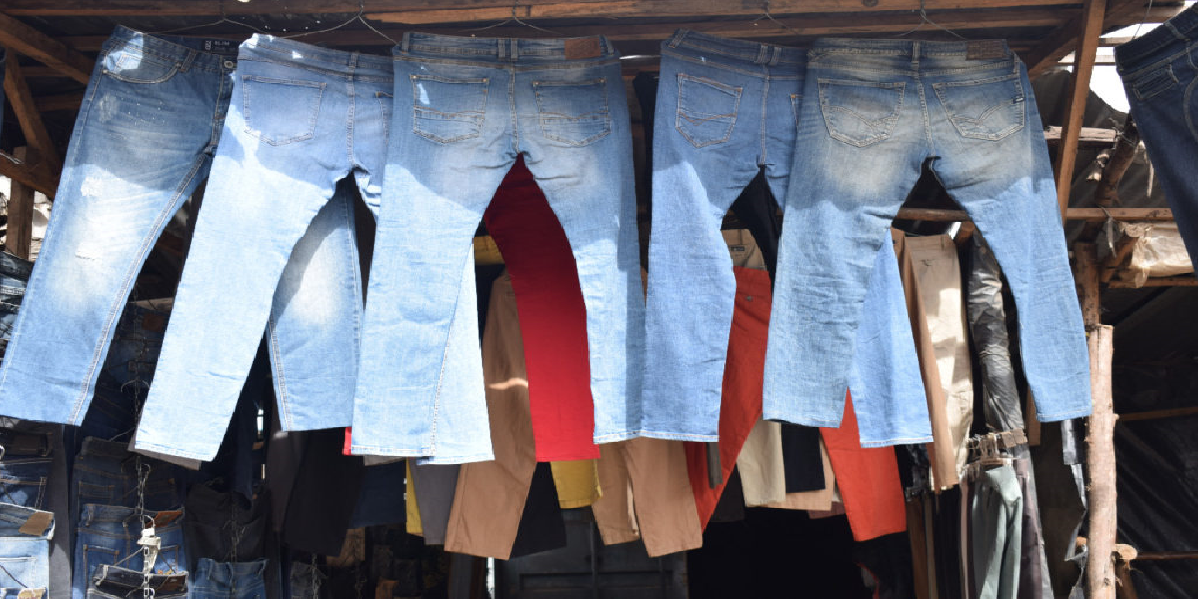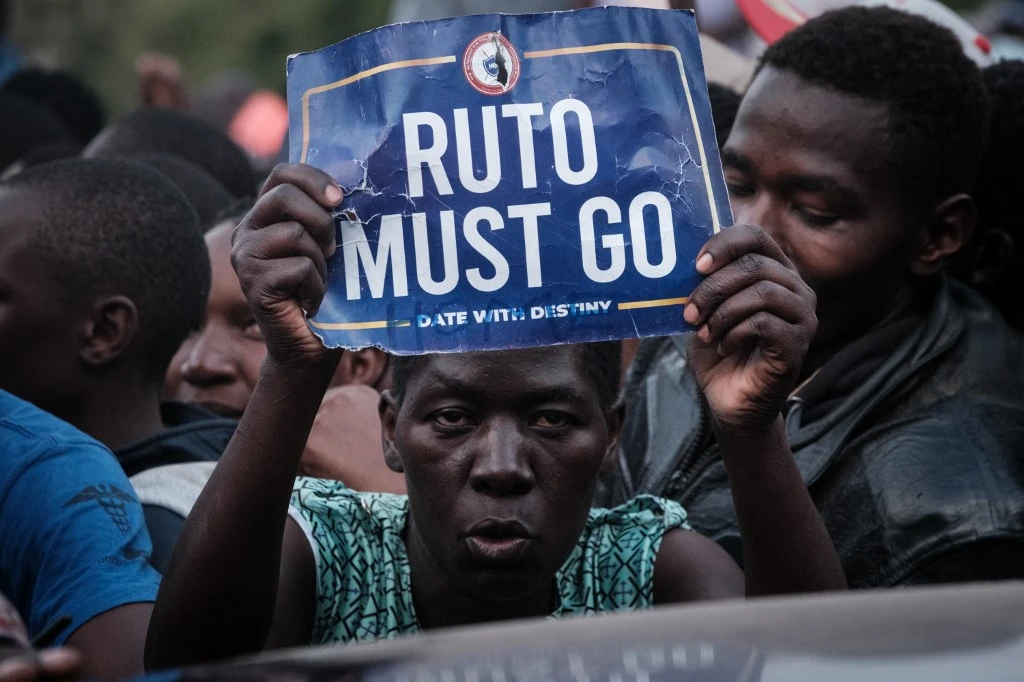The Kenyan government has initiated a significant policy aimed at transitioning the majority of households from traditional, less Eco-friendly cooking fuels to Liquefied Petroleum Gas (LPG). In a recent Cabinet meeting, the LPG growth policy was reviewed and approved. This policy seeks to gradually reduce the reliance on biomass, kerosene, and other environmentally detrimental fuels currently used by 70% of Kenyan households for cooking.
As part of the proposed policy framework, all housing developments will be mandated to incorporate provisions for LPG reticulation infrastructure (an Advanced system to supply Liquefied Petroleum Gas (LPG) to households as compared to the conventional cylinder supply and essentially is a piped network that supplies cooking gas to individual flats through a centralized Bulk Storage or gas bank / cylinder bank facility) according to Global Gas. This requirement will serve as a prerequisite for the approval of housing development projects, including those under the government’s flagship affordable housing program.
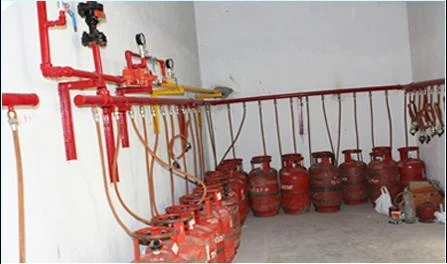
The proposed measures also encompass the establishment of shared LPG import terminals, the distribution of subsidized LPG cylinders to low-income households, and the promotion of LPG usage within institutions.
These initiatives will be facilitated through partnerships with financial institutions, LPG industry stakeholders, and the Ministries of Education and Health. The primary objectives of these measures are to reduce consumer costs, enhance public safety, and make substantial contributions to public health and environmental sustainability.
Kenya’s commitment to achieving universal access to modern energy services by 2030 aligns with the Sustainable Energy for All (SE4All) initiative launched by the United Nations in 2011. Since Kenya’s participation in SE4All in 2012, it has become evident that a large proportion of the population primarily relies on traditional cooking energy sources.
Read Also: Cheaper Cooking Gas Finally Enters the Market
Approximately 84% of Kenyans employ solid fuels, such as wood, charcoal, or agricultural residue, for cooking, while 5% use kerosene. The use of these traditional fuels has detrimental health and environmental effects, with an estimated 15,000 Kenyans succumbing to air pollution-related illnesses each year, and respiratory diseases being responsible for at least 40% of childhood deaths.
The Cabinet’s approval of the LPG growth policy aligns with other ongoing projects aimed at enhancing the government’s capacity to review the legislative framework concerning LPG and address shortcomings in supply, distribution, and storage infrastructure.
Subscribe to our YouTube channel Switch TV
In 2015, the Ministry of Energy and Petroleum commenced the six-year World Bank-funded KEPTAP (Kenya Petroleum Technical Assistance Project) to bolster its management capabilities within the petroleum sector. A series of reforms and capacity-building initiatives, including the development of an LPG distribution model and a public awareness campaign, are being actively pursued.


